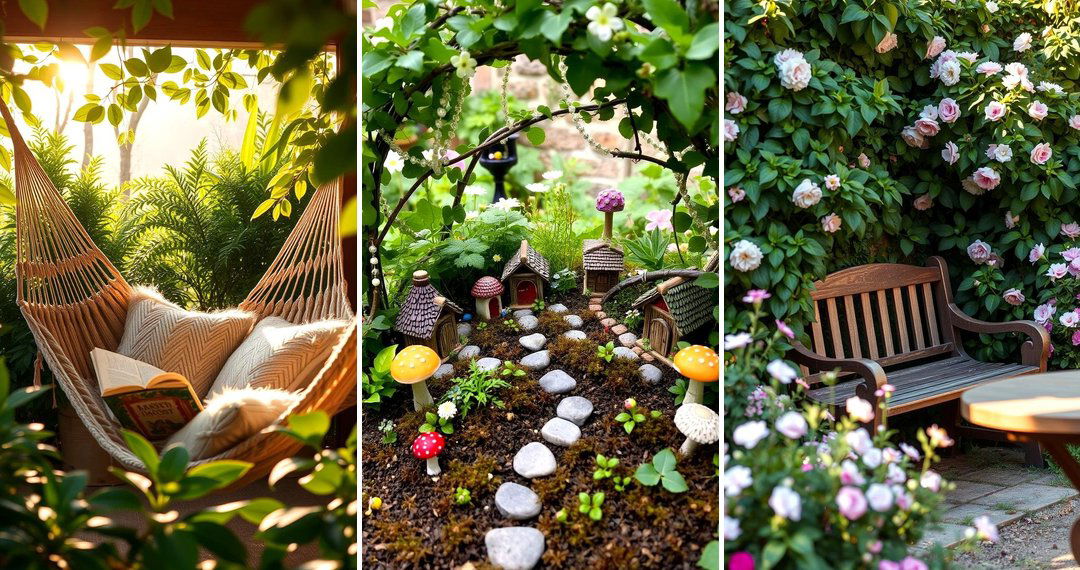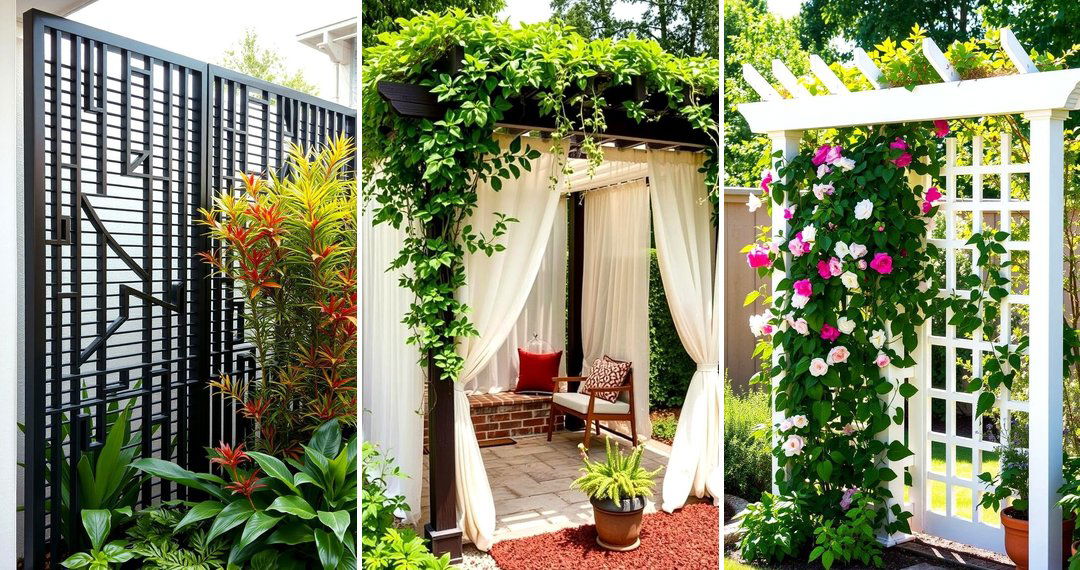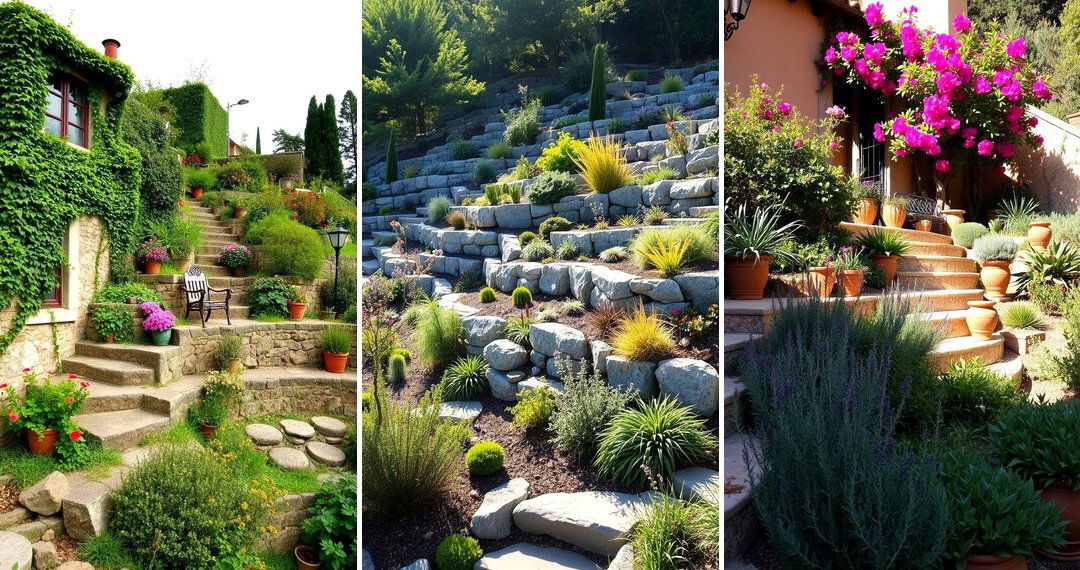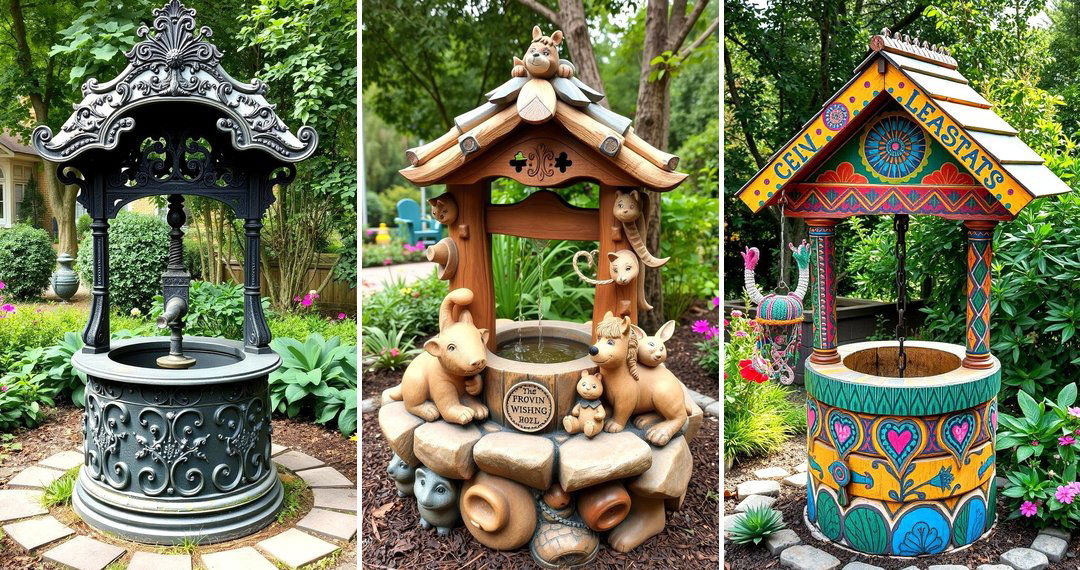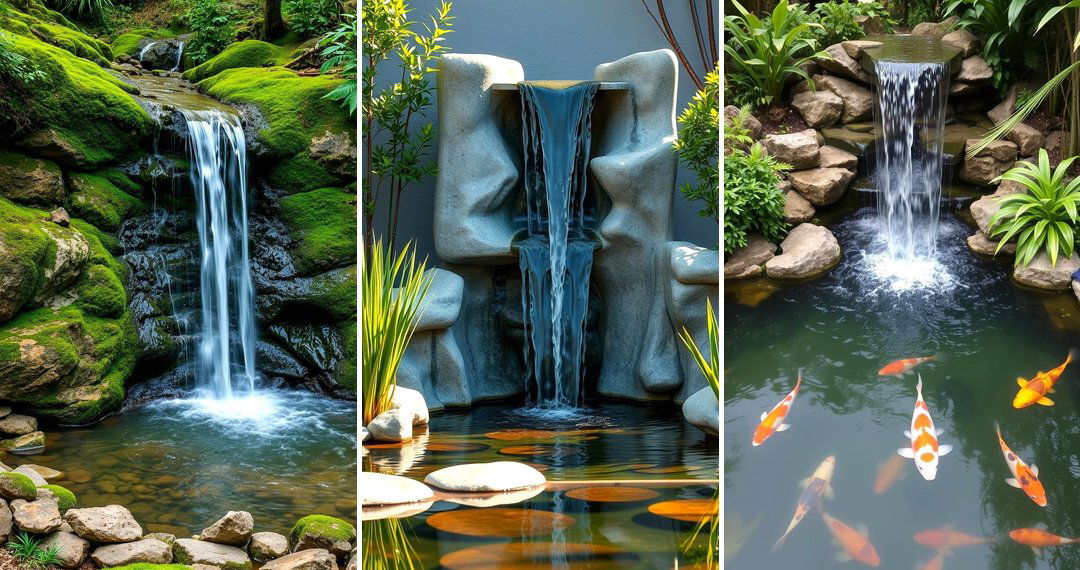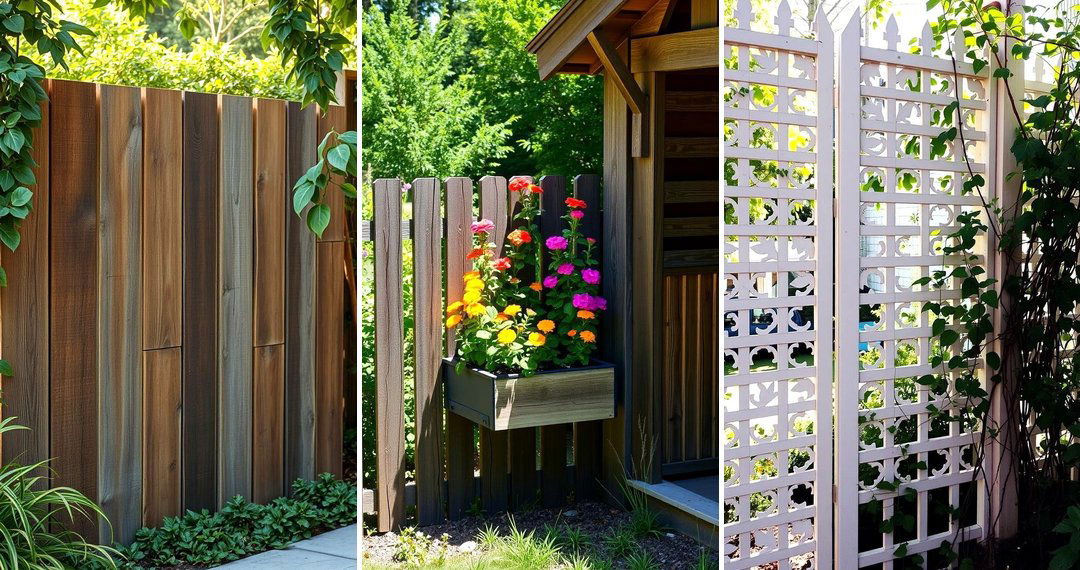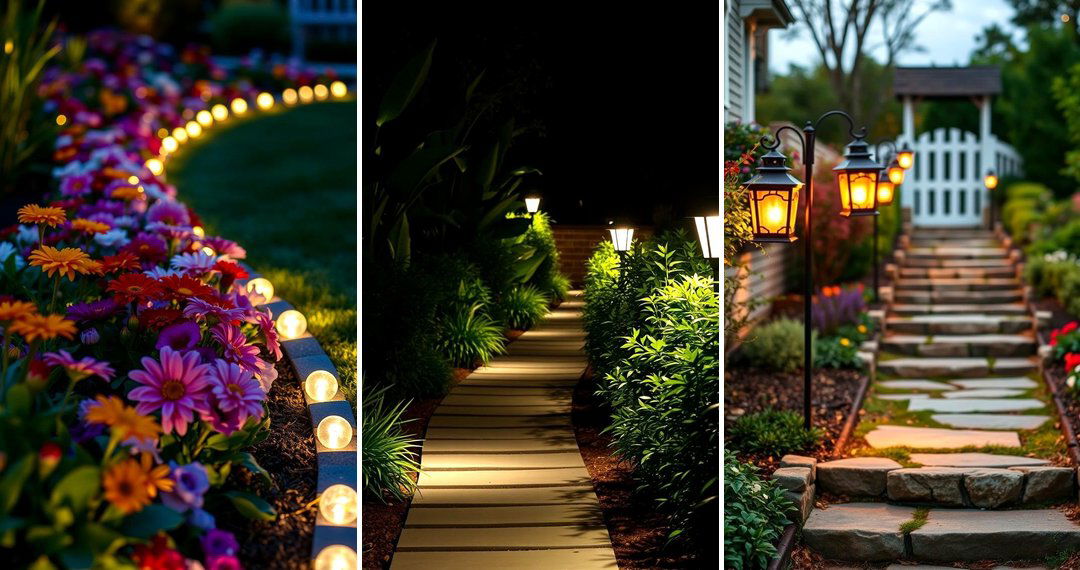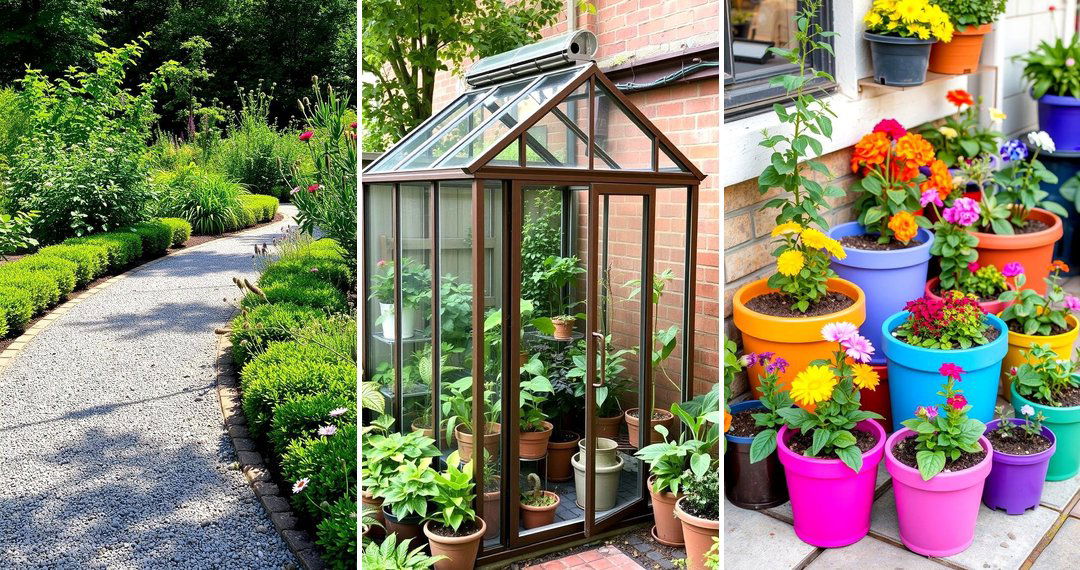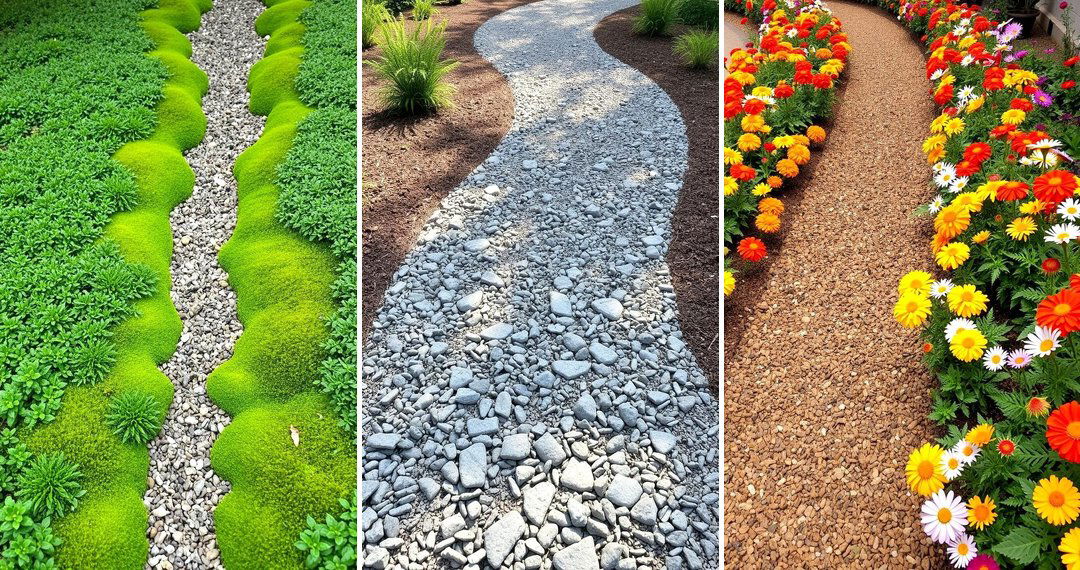Imagine stepping into a space where every element is designed to awaken your senses and soothe your soul. A sensory garden is precisely that – a carefully curated environment brimming with textures, scents, sounds, sights, and even tastes (when appropriate and safe), all working in harmony to create a truly immersive experience. More than just a beautiful collection of plants, a sensory garden offers a wealth of benefits, promoting relaxation, stimulating memory, and fostering a deeper connection with nature. Let's explore some inspiring ideas to transform any space into your personal sensory haven, unlocking a world of natural delight.
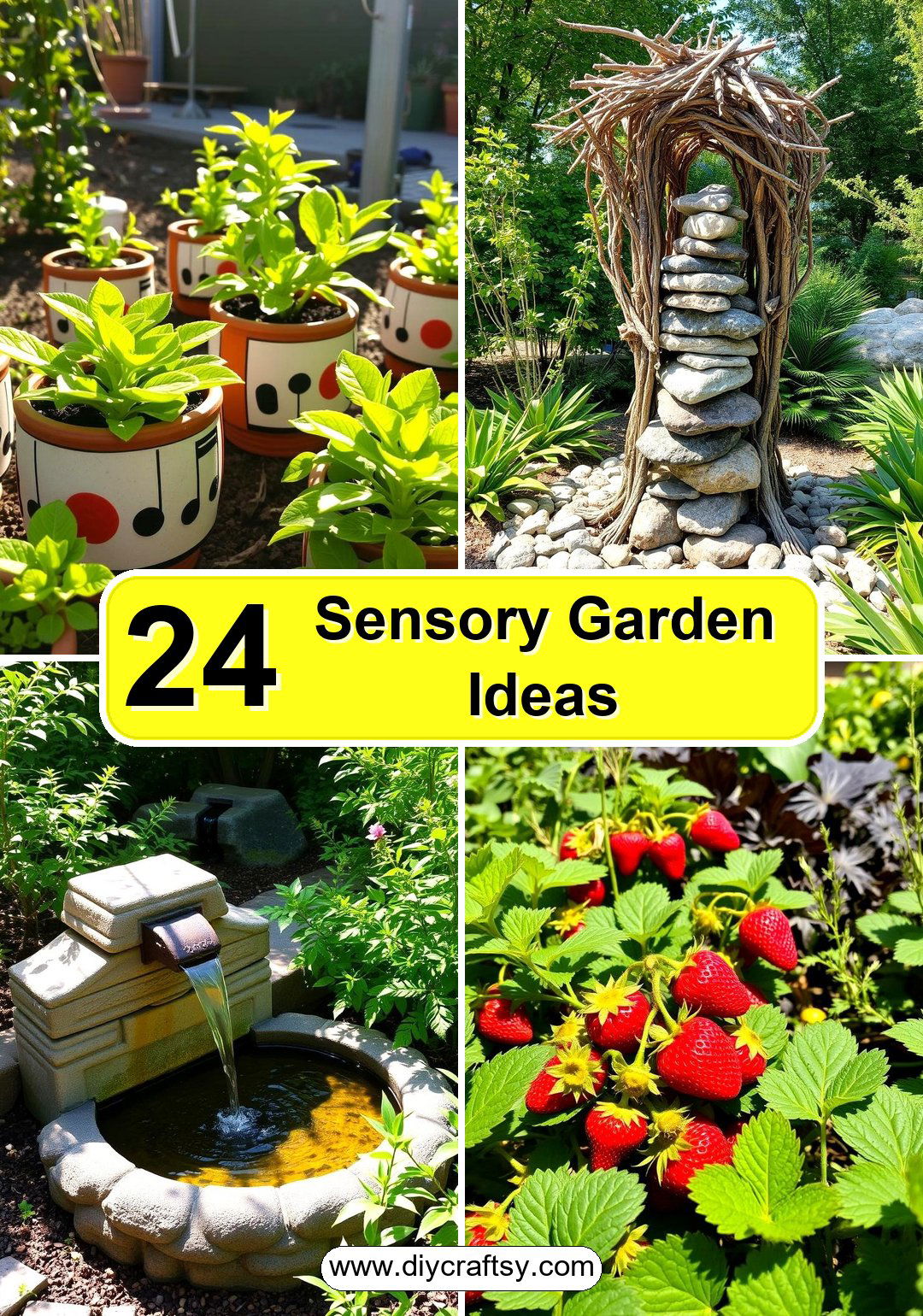
1. Aromatic Herb Haven
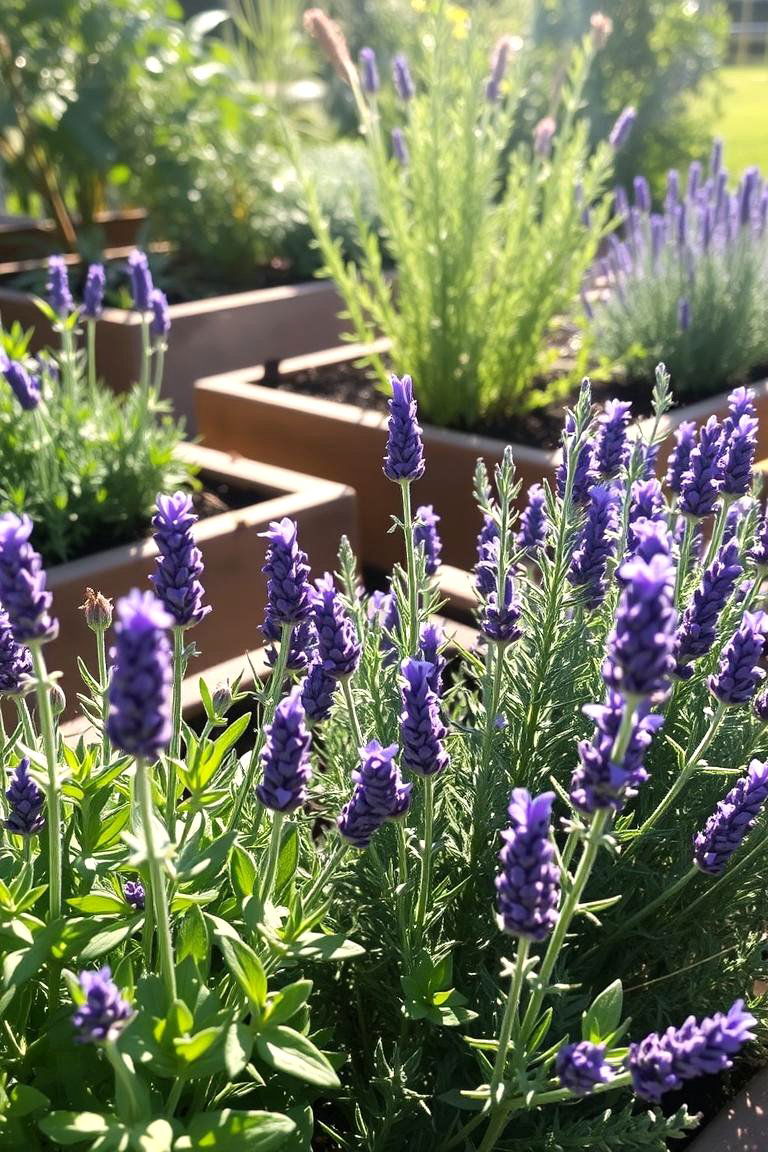
Consider creating a dedicated space for fragrant herbs like lavender, rosemary, and mint. The simple act of brushing past these plants releases their invigorating scents, instantly uplifting the mood and providing a calming effect. Moreover, many of these herbs have culinary uses, adding another dimension to your sensory experience. Planting them in raised beds makes them easily accessible for both smelling and harvesting, enhancing the tactile experience as well. This fragrant corner becomes a natural aromatherapy zone, inviting moments of mindful connection with the plant world.
2. Textured Foliage Fiesta
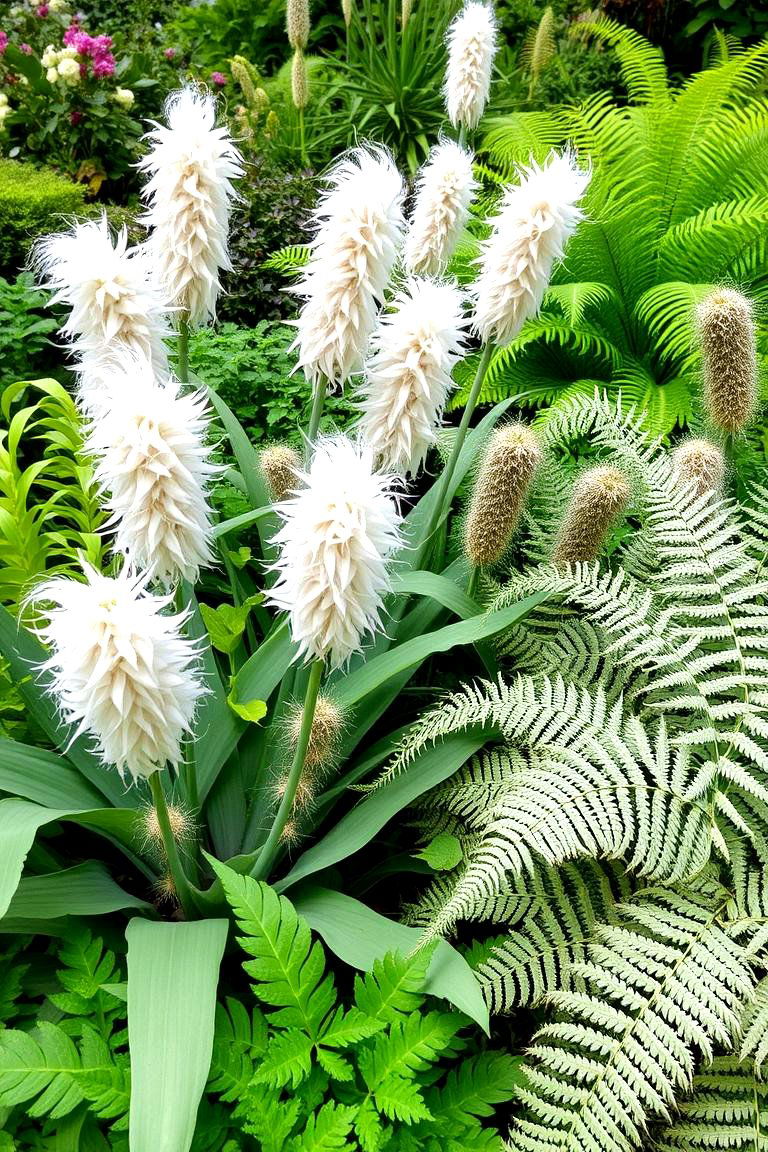
Take delight in the diverse textures of plant leaves. Woolly lamb's ears, smooth hostas, and feathery ferns offer a tactile playground for your fingers. By incorporating plants with varying leaf surfaces, you create an engaging sensory experience that encourages exploration and touch. Furthermore, the visual contrast between these different textures adds depth and interest to your garden design. This focus on tactile elements can be particularly beneficial for individuals with visual impairments, allowing them to connect with the garden through touch.
3. Wind Chime Symphony
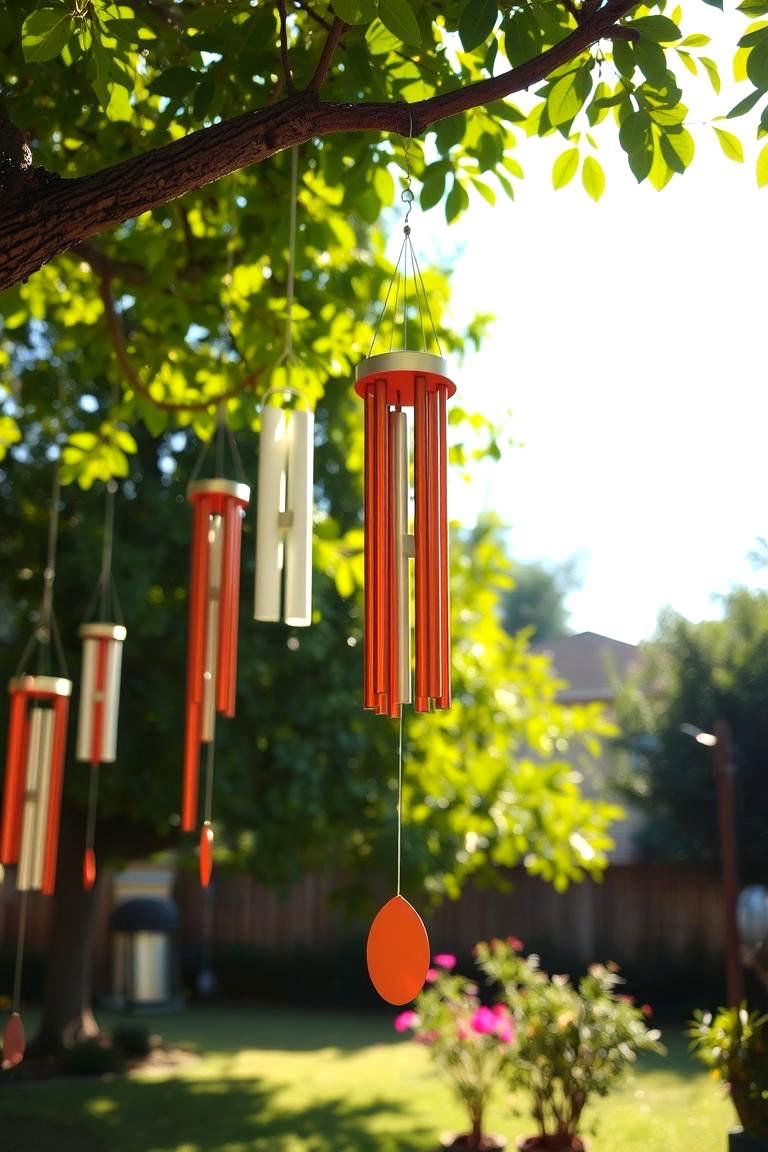
The gentle tinkling of wind chimes can add a soothing auditory element to your sensory garden. These melodic sounds create a calming atmosphere, masking unwanted background noise and promoting relaxation. With various materials and designs available, you can choose wind chimes that resonate with your personal aesthetic and the overall ambiance of your garden. The interplay of the wind and the chimes creates an ever-changing soundscape, adding an element of surprise and tranquility.
4. Vibrant Visual Display

What about incorporating a burst of color with brightly flowering plants? The visual appeal of vibrant blooms like roses, sunflowers, and petunias can instantly uplift spirits and create a cheerful environment. Moreover, the changing colors throughout the seasons provide a dynamic visual experience. Consider planting flowers in contrasting colors to create focal points and add visual interest. This vibrant display not only pleases the eye but also attracts pollinators like bees and butterflies, adding another layer of sensory engagement.
5. Soothing Water Feature
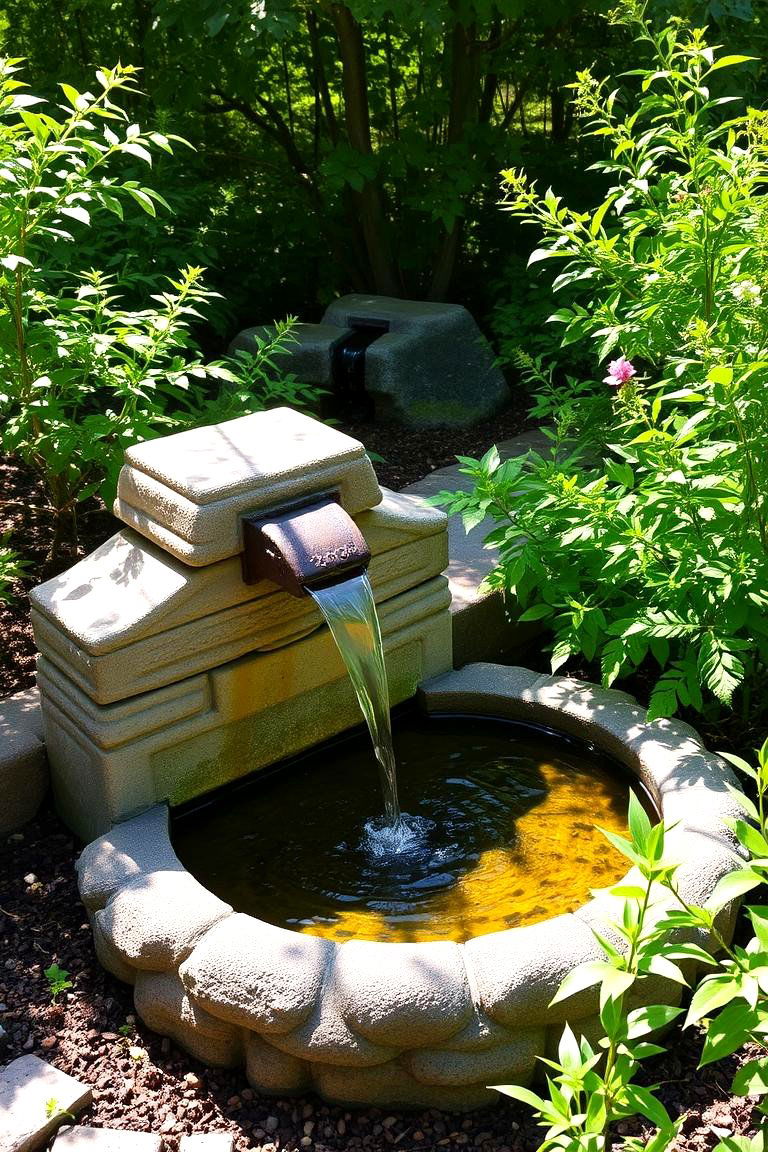
Bringing the gentle sound of flowing water into your garden can create a profoundly calming effect. Whether it's a small fountain, a trickling stream, or a still pond, the presence of water engages both your auditory and visual senses. Additionally, the reflective surface of water can add depth and dimension to your garden space. The sound of water can also help to mask distracting noises, creating a more peaceful and serene environment.
6. Edible Plant Patch
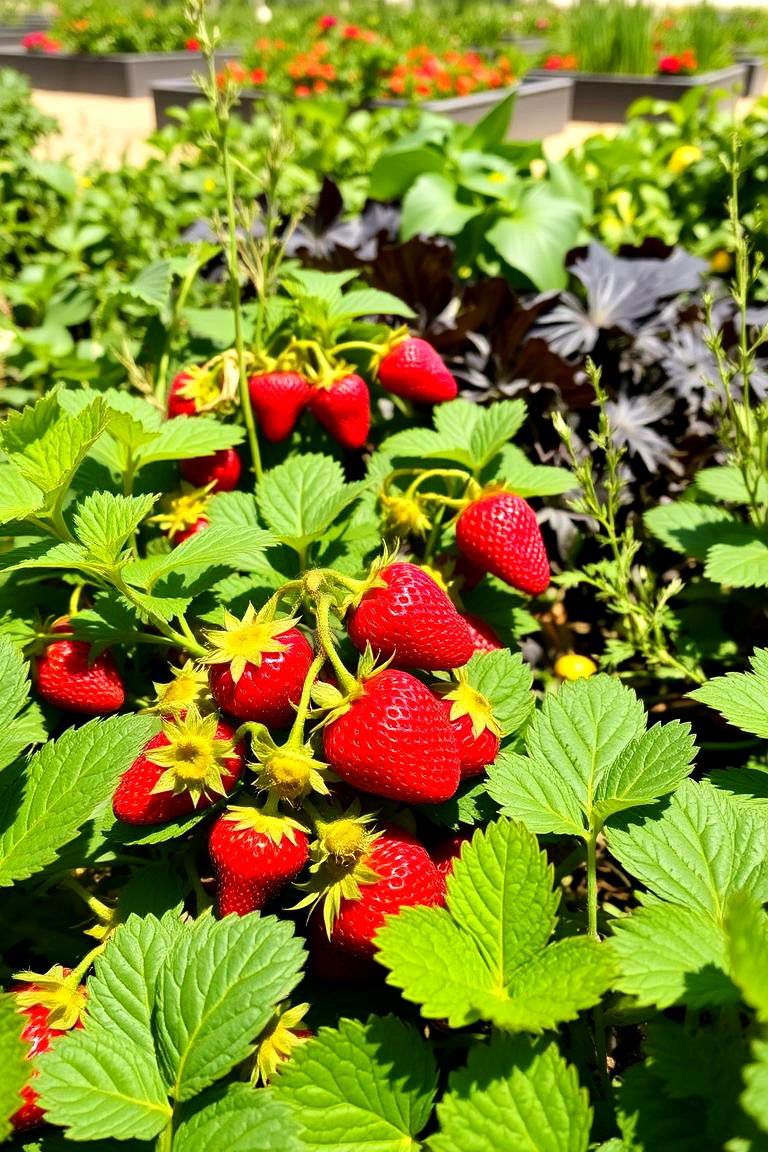
For a truly multi-sensory experience, consider including edible plants in your garden. Imagine the satisfaction of picking a ripe strawberry, smelling its sweet fragrance, and tasting its juicy sweetness. Growing herbs, fruits, and vegetables engages your senses of smell, touch, taste, and sight. Furthermore, involving children in the process of growing and harvesting food can be a wonderful educational and sensory activity. Remember to choose plants that are safe and appropriate for your climate and intended use.
7. Tactile Stepping Stones

Another engaging element is the incorporation of textured stepping stones. Walking barefoot (when safe) over surfaces like smooth pebbles, rough slate, or soft moss provides a unique tactile experience. This encourages mindful movement and a direct connection with the earth. Varying the textures of the stepping stones can create an interesting sensory pathway throughout your garden. Ensure the stones are stable and appropriately spaced for safe navigation.
8. Reflective Surfaces
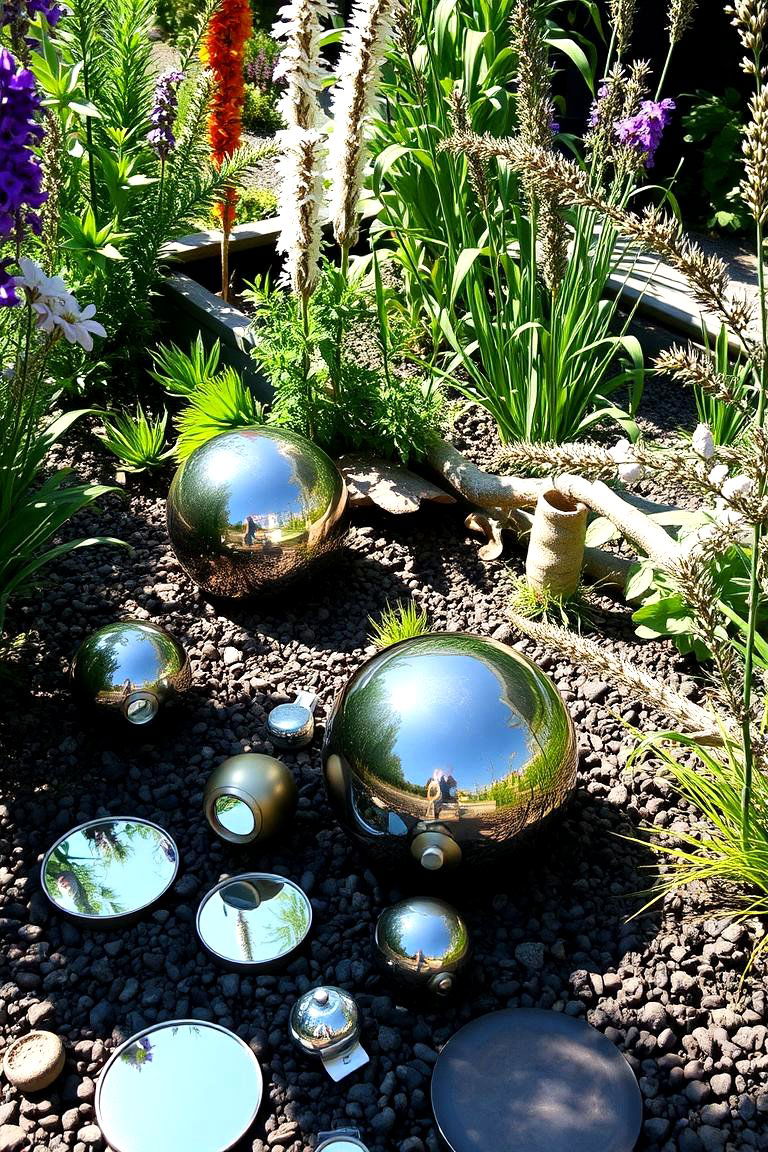
Looking to add a touch of visual intrigue? Incorporate reflective surfaces like mirrors or polished metal ornaments. These elements can capture and reflect light, creating a sense of spaciousness and adding dynamic visual interest. The way light plays on these surfaces can create captivating patterns and illusions, stimulating the sense of sight in unexpected ways. Position these elements strategically to enhance existing features or to draw attention to specific areas of the garden.
9. Rustling Bamboo Grove

With its graceful swaying and gentle rustling sound, bamboo can introduce a unique sensory dimension to your garden. The tall, slender stalks create a visually appealing screen or backdrop, while the sound of the leaves whispering in the breeze adds a calming auditory element. Furthermore, the smooth texture of the bamboo canes can be pleasant to touch. Choose non-invasive bamboo varieties to prevent them from spreading uncontrollably.
10. Bird-Friendly Zone

Attracting birds to your garden can add a delightful auditory and visual element. The cheerful chirping and singing of birds create a lively and engaging atmosphere. By providing bird feeders, bird baths, and suitable nesting spots, you can transform your garden into a haven for these feathered visitors. Observing their movements and listening to their songs can be a truly enriching sensory experience.
11. Sensory Bin Exploration

For a more contained sensory experience, consider creating a sensory bin. Fill a container with various natural materials like pinecones, smooth stones, dried leaves, and fragrant wood chips. This provides a tactile exploration opportunity, allowing individuals to touch, sort, and arrange the different elements. Sensory bins are particularly beneficial for children and individuals with sensory processing sensitivities.
12. Fragrant Night Bloomers
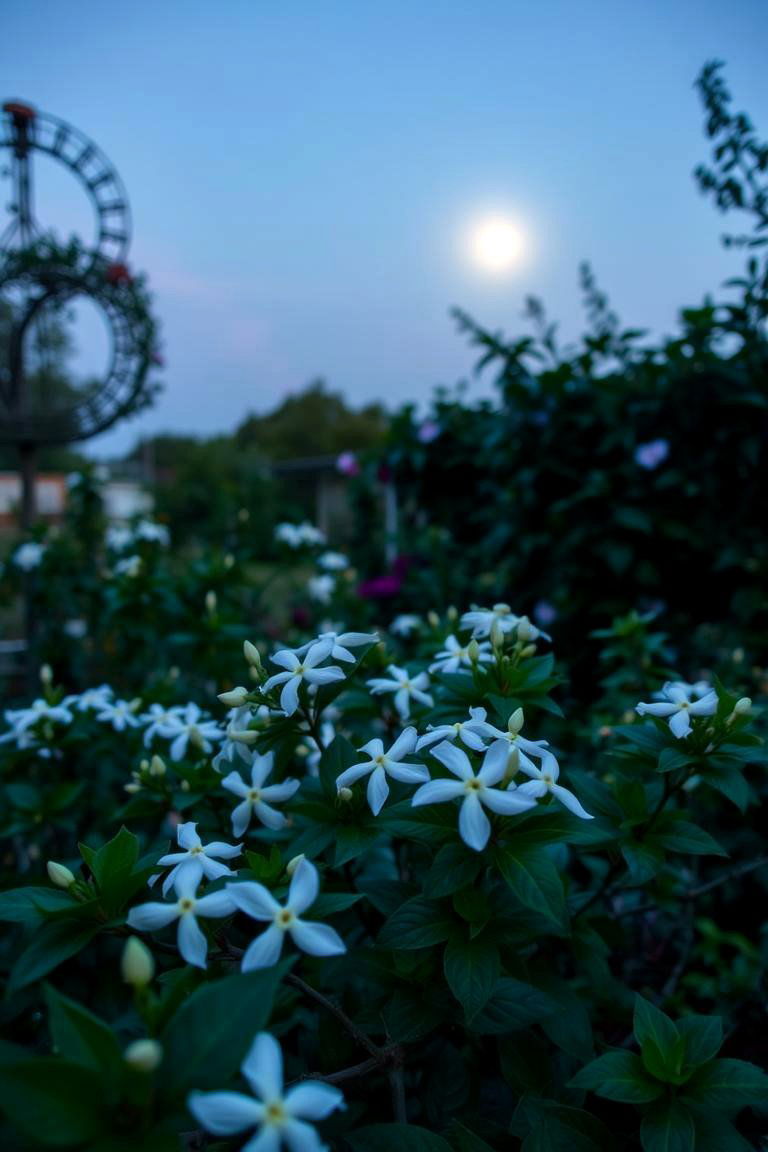
What about extending the sensory experience into the evening? Plant fragrant night-blooming flowers like jasmine or moonflower. Their intoxicating scents are most pronounced in the evening, creating a magical and enchanting atmosphere after dusk. Imagine relaxing in your garden on a warm evening, surrounded by the sweet perfume of these nocturnal blooms.
13. Musical Plant Pots
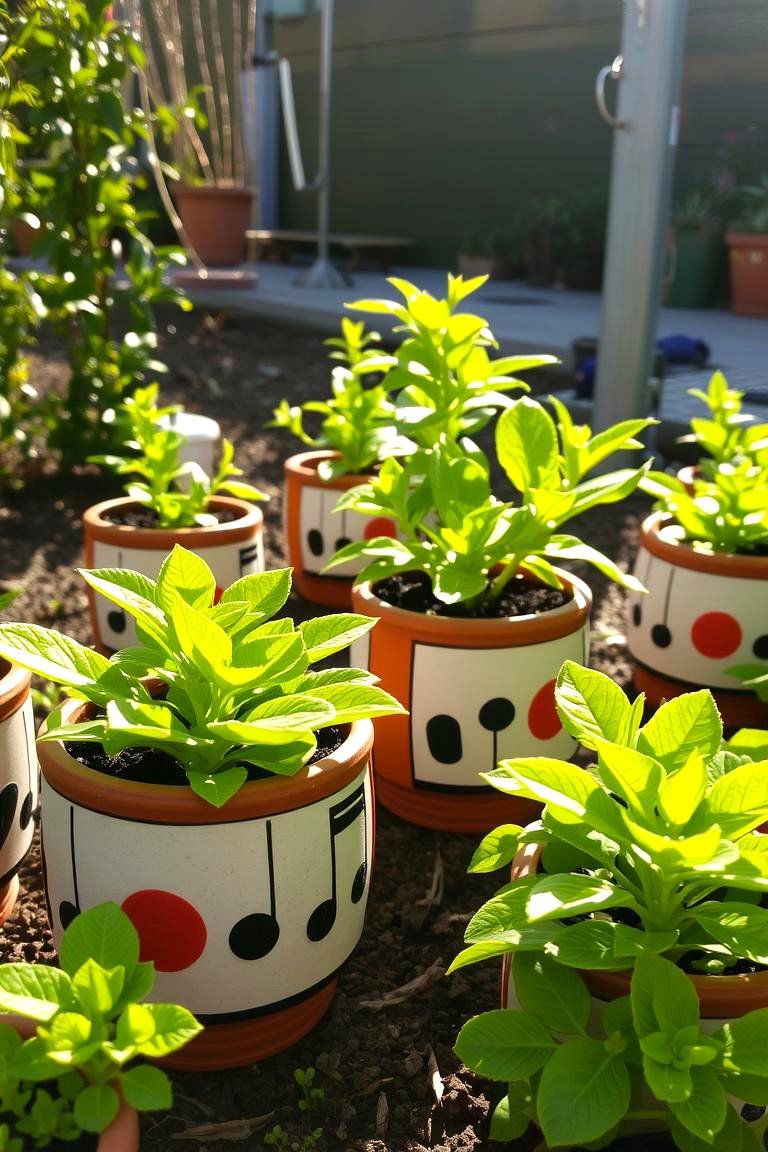
Bringing an element of surprise and interactivity, consider using musical plant pots. These innovative pots play a sound when touched, adding an unexpected auditory dimension to your garden. This can be particularly engaging for children and individuals with cognitive differences, providing a fun and stimulating sensory experience.
14. Colorful Ground Cover

Instead of traditional mulch, explore using colorful ground cover like creeping thyme or blue star creeper. These low-growing plants not only suppress weeds but also add visual and tactile interest to the garden floor. Walking over them releases their subtle fragrances and provides a unique sensory experience underfoot.
15. Storytelling Circle
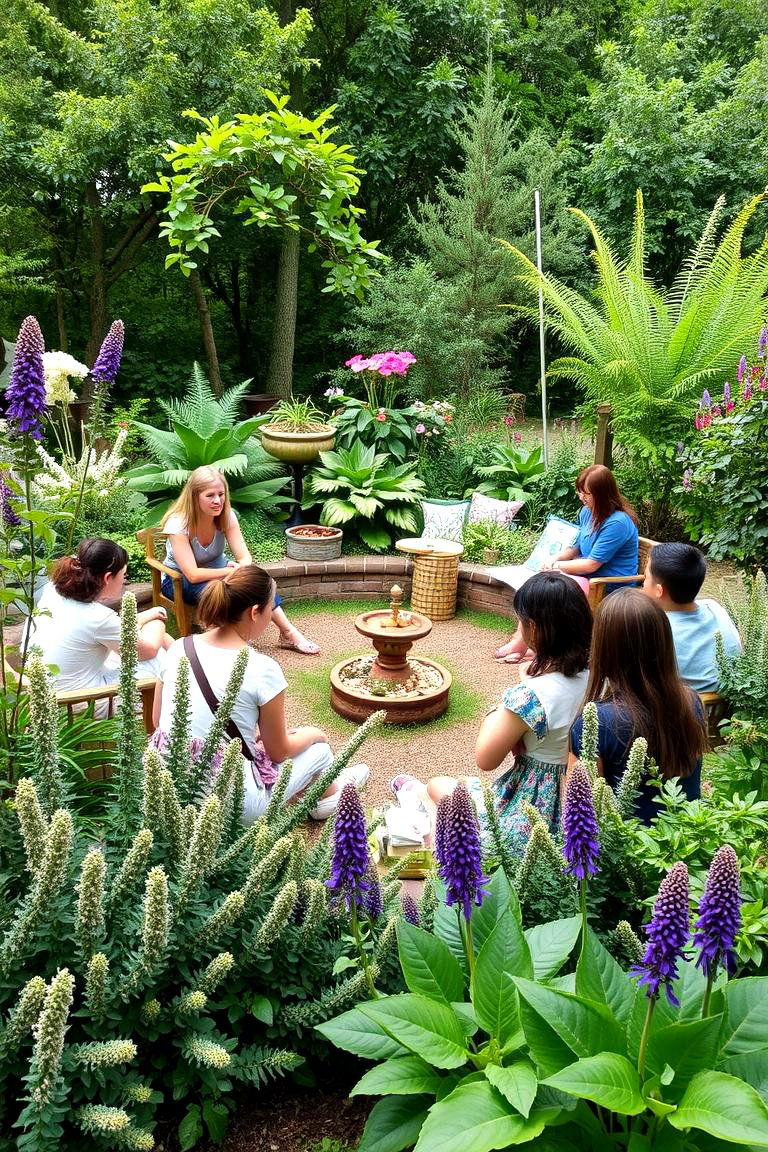
Consider creating a designated area with comfortable seating surrounded by sensory elements. This "storytelling circle" becomes a space for sharing experiences, engaging in conversations, and simply enjoying the sensory richness of the garden. The surrounding plants and features can act as prompts for imagination and connection.
16. Natural Art Installation

Looking to add a unique visual and tactile element? Create a natural art installation using materials found in your garden, such as woven branches, stacked stones, or arrangements of dried flowers. This encourages creativity and provides an opportunity to engage with the garden's textures and forms in a new way.
17. Edible Flower Garden
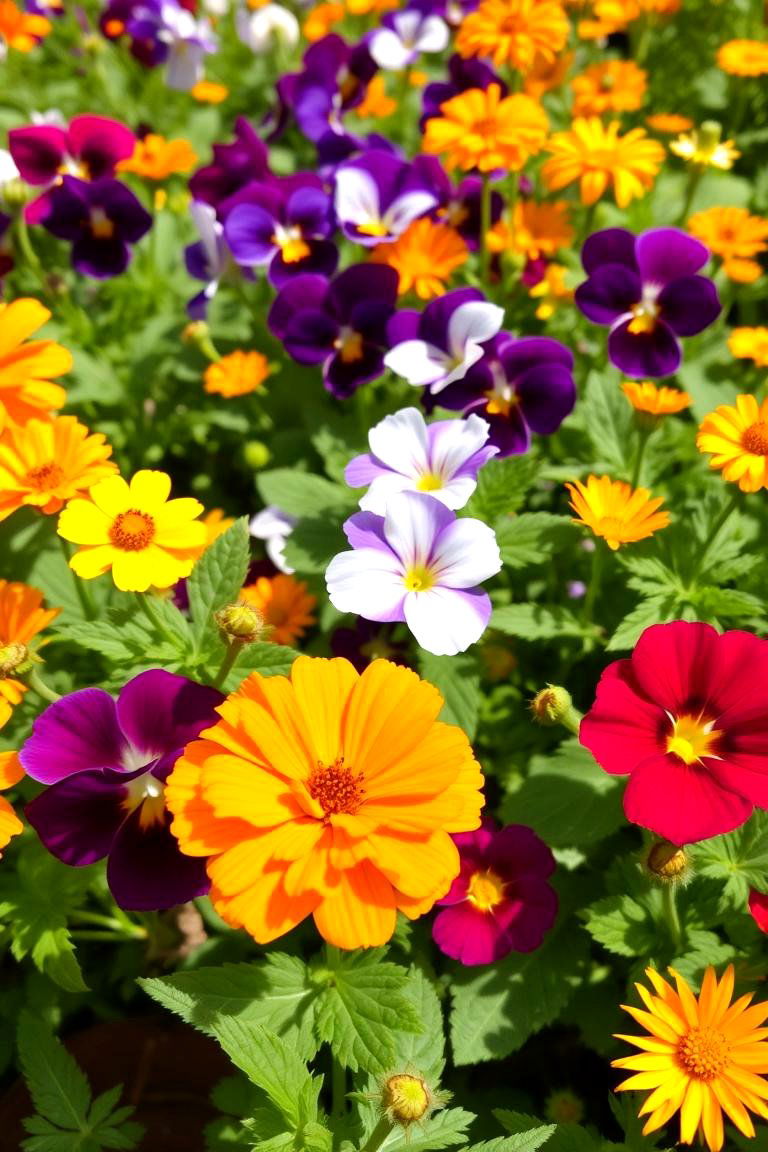
For a touch of culinary artistry and sensory delight, plant edible flowers like nasturtiums, pansies, and calendula. These vibrant blooms add color and flavor to salads and other dishes, engaging both your sight and taste senses. Ensure you choose flowers that are specifically grown for consumption and are free from pesticides.
18. Water Play Area
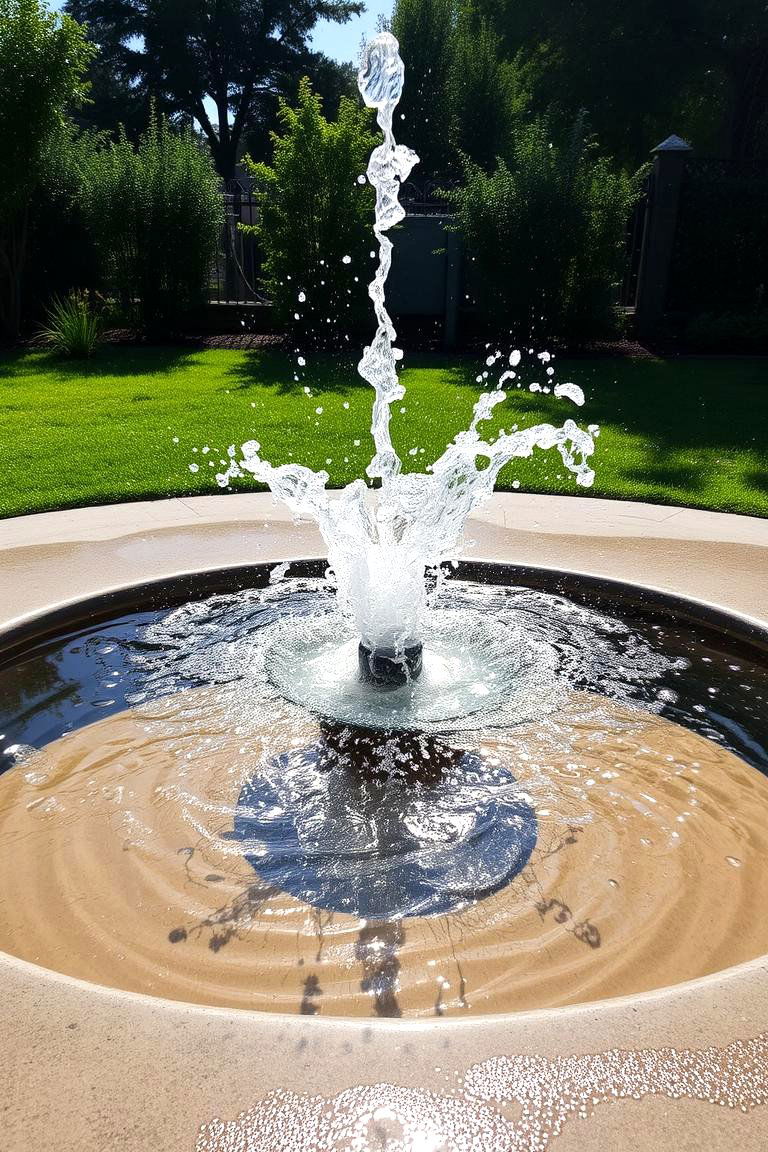
If space allows, consider incorporating a shallow water play area. This could be as simple as a large basin or a small, safe splash pad. The sensation of cool water on the skin, the sound of splashing, and the visual reflections create a refreshing and engaging sensory experience, especially on warm days.
19. Scented Vines on a Pergola

Take advantage of vertical space by growing scented vines like honeysuckle or wisteria on a pergola or trellis. As you walk beneath, you'll be enveloped in their delightful fragrance, creating an immersive sensory tunnel. The visual beauty of the climbing vines adds another layer of appeal.
20. Gourd Tunnel

For a whimsical and tactile experience, consider growing gourds on a tunnel structure. As the gourds mature, they create a unique visual display and a shaded pathway. The varied shapes and textures of the gourds offer an interesting tactile experience as well.
21. Outdoor Sound Instruments
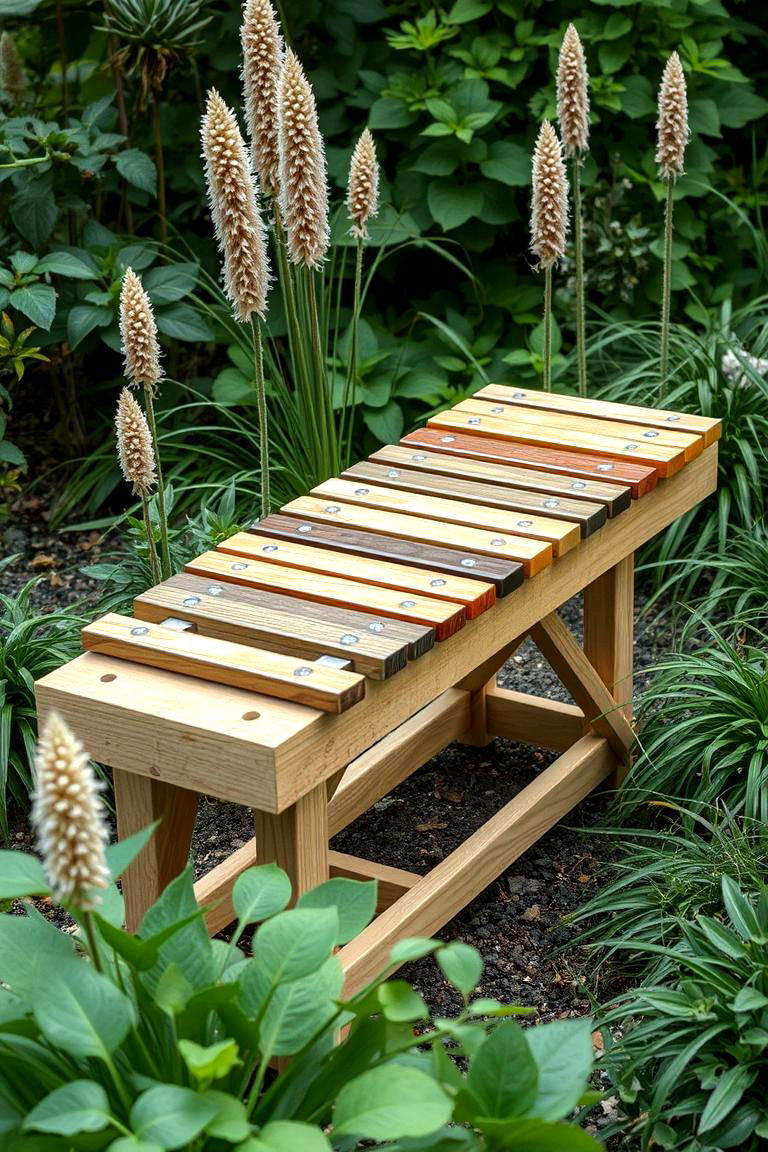
Bringing musical instruments outdoors, such as a xylophone or rain stick designed for garden use, can add an interactive auditory element. These instruments encourage exploration and creativity, allowing individuals to create their own garden soundscapes.
22. Moonlight Garden

Design a section of your garden specifically to be enjoyed in the moonlight. Incorporate white or silver foliage that reflects the moonlight, along with fragrant night-blooming plants. This creates a serene and enchanting sensory experience after dark.
23. Pine Needle Path

Consider creating a pathway lined with pine needles. Walking on this soft, springy surface provides a unique tactile and olfactory experience, releasing the characteristic scent of pine with each step. This natural pathway blends seamlessly with a woodland-themed sensory garden.
24. Story Stones
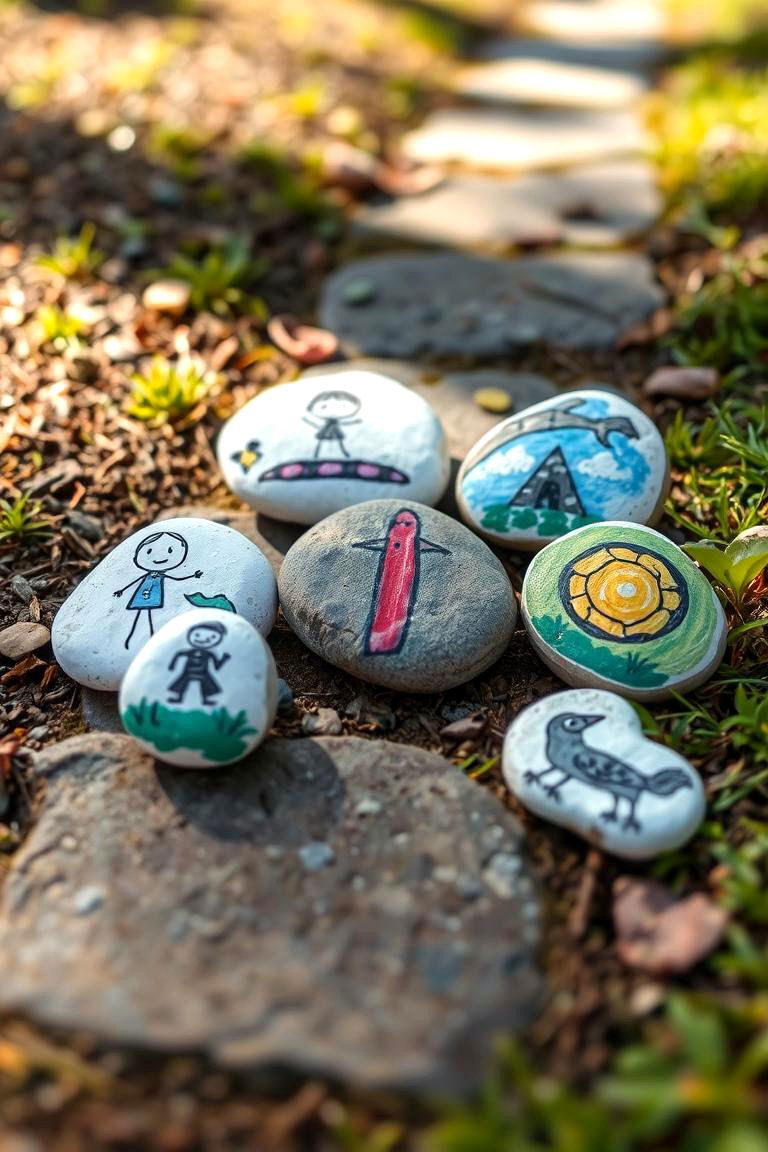
Finally, introduce story stones into your sensory garden. These are smooth stones painted with simple images or symbols. They can be used to spark imagination and storytelling, adding a cognitive and creative dimension to the sensory experience.
Conclusion:
From the gentle rustling of bamboo to the vibrant hues of edible flowers and the soothing sounds of flowing water, the possibilities for creating engaging sensory gardens are truly boundless. These 24 Sensory Garden Ideas offer a starting point for transforming any outdoor space into a haven that stimulates the senses, promotes well-being, and fosters a deeper connection with the natural world. By thoughtfully incorporating diverse textures, aromas, sounds, sights, and even tastes, you can cultivate a personal sanctuary that nourishes the mind, body, and soul.


